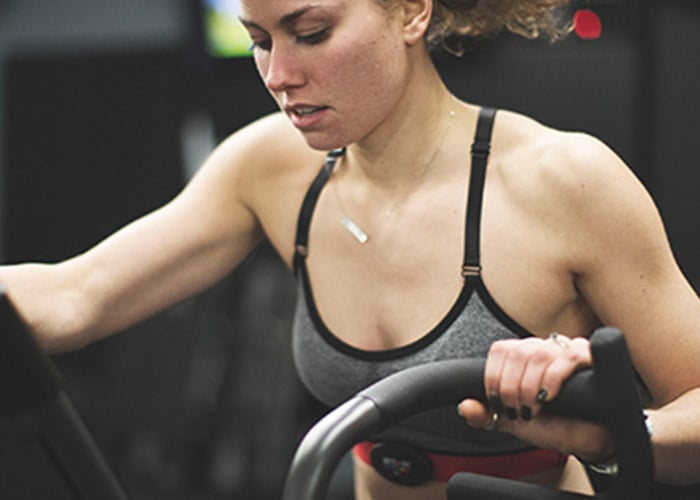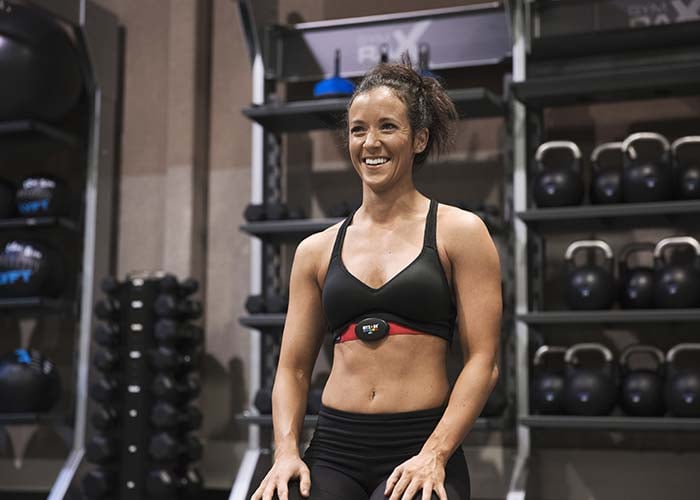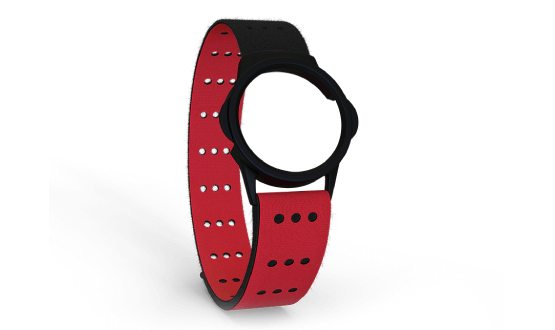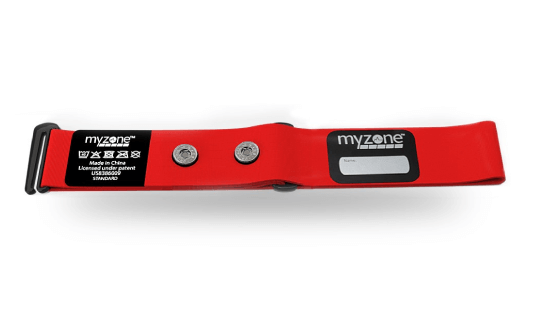
Do your clients ever get lost or overwhelmed? Do you know that feeling?
When was the last time you had to do something completely foreign? When you had no reference point to begin with?
I set up a business last year for the first time, having no idea how many pieces there would be to that puzzle! Figuring out if the business would be an LLC or S corporation, how to get insurance, determining what kinds of liability forms I should have my clients sign, and creating a marketing plan were just a few of the challenging items that arose during the first few months.
It was a tough road but I stuck it out and asked a lot of people a lot of questions, which isn't always easy. There were days I felt defeated and wondered if I really wanted to do this or not.
Now imagine a client trying to figure out where to start a fitness regime. There are so many choices for the consumer, including small studios, big boxes, and formats ranging from spinning and HIIT to yoga and Pilates.
Should they start with one-on-one or jump into a group setting to kick their workout effort into gear? Picture that same person having to suffer through a workout they don't like or understand. The likelihood of that person coming back is slim. According to a recent article in the fitness media, fitness facilities lose close to 50% of new members and clients in the first six months.
Here’s a step by step process of nurturing clients in order to create loyalty, increase their workout effort, and keep them coming back.

Step 1: Complete a Needs Analysis.
The nurturing process starts at the very beginning. Ensure that you have a process set up to figure out the client’s “whys”, “hows”, and “whats.” Why did they decide to start a fitness regime? How do they see their life changing? What roadblocks might get in their way? What motivates them? What scares them? Understanding where the client is starting from is crucial to getting them on the right path, as well as ensuring that you are on the same page as you move forward.
Step 2: Ask for Feedback.
During the first few weeks, make sure to be on point in asking the client how they feel. This is often all brand new stuff for them, and the learning curve can be a big one in the beginning. You want to know how they feel before, during, and after each and every workout. Don’t assume they get it, or it could lead to that person easily walking away before feeling fully committed.
Step 3: Start with Basics.
Yes you read that correctly! There is an old saying that when we start getting bored, they start getting it. Imagine a client who is constantly having to complete exercises they can’t do well or at all. That is demoralizing and diminishes workout effort. You want the client getting excited as they see themselves progress. Set them up for success NOT failure.
Step 4: Measure Progress.
Make sure to be showing progress with clients. This can be done in conventional ways including measurements, weight, body weight and body fat. There is also increasing data to support that incorporating heart rate training to measure cardio strength is an excellent way to get your clients coming back. Also, smaller pieces are easier to get and complete and will lead to better results.
Step 5: Have Fun!
This may seem like another obvious step, yet we all need to realize that many people don’t like working out. Yes, ensuring that the client is being safe and getting a solid workout is important for results. But you also want them to enjoy the experience. Throw in a joke here and there, or ask them light-hearted questions. This also increases the likelihood for stronger rapport between client and trainer.
Creating client loyalty can be done with just a few simple steps to ensure you are nurturing the client relationship. Let’s continue to create nurturing relationships with clients so they keep their workout effort high and always have a great experience!
About the Author:
Liz Callham is the Video Communicators Manager and Lead Contributor for the Association of Fitness Studios. She received her Bachelor’s Degrees from Illinois State University in Exercise Science and Public Relations and also completed a Masters in Business and Administration from DePaul University. She holds certifications as a Certified Strength and Conditioning Specialist from NSCA and Health Fitness Specialist through ACSM. She also sits on the Advisory Board for the Exercise Science Department at ISU.
























